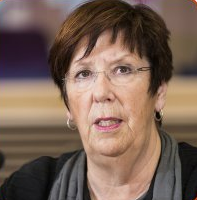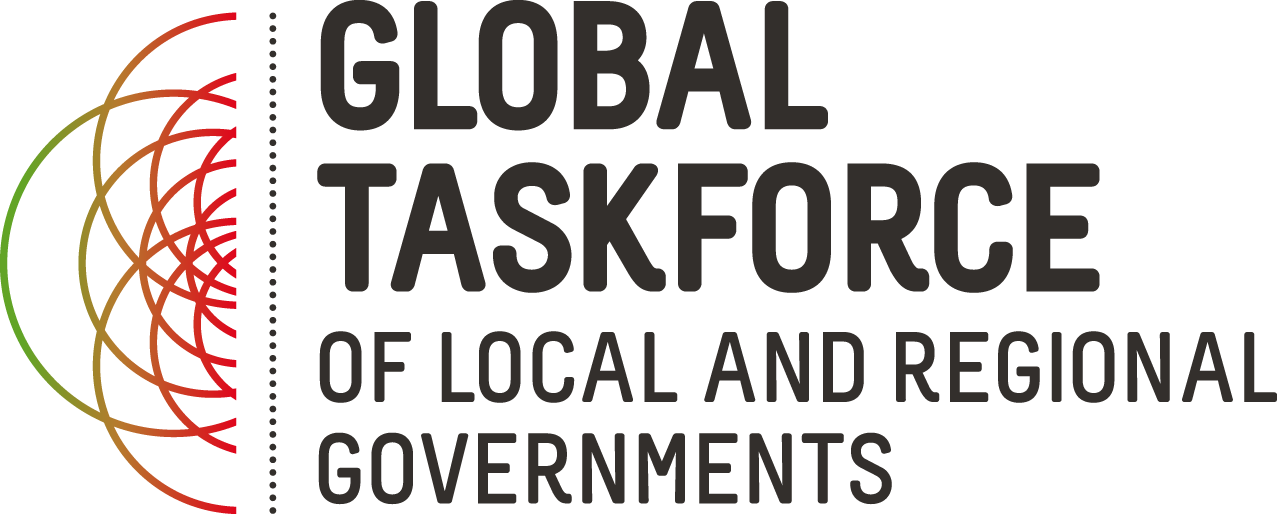
In a letter sent to new members of the European Parliament, CEMR president and Mayor of Almere (The Netherlands), Annemarie Jorritsma, reacted to the European election results.
“The result and the low percentage of voters show that the EU should have the ambition to close the gap with the citizens. Municipalities and regions are the closest governments to the citizens. CEMR, representing over 100.000 municipalities and regions through over 50 national associations of local government in the Europe, offers to work with the EU institutions to realise this ambition.”
Background information
380 millions of Europeans went to the polls between 22 and 25 May to elect 751 Members of the European Parliament. The average turnout for the 2014 European elections reached 43,09% of voters – 0,9% more than in 2009. Local and regional elections took place during the same week in Greece, United Kingdom, Ireland, Belgium, Germany and Italy.
What’s next?
- June 2014: Taking into account the results of the European elections, the president of the European Council consults with the Parliament on a possible candidate for the presidency of the Commission.
- First plenary session of the newly constituted European Parliament.
- June-July 2014: Following the consultation, the president of the European Council proposes a candidate to the European Council. The latter decides on its proposal for candidate by qualified majority.
- July 2014: The European Parliament elects the Commission president by a majority of its component members.
- September 2014: The Council appoints the 27 Commissioners-designate in agreement with the elected Commission president. The European Parliament organises individual committee hearings with each Commissioner-designate.
- October 2014: Parliament votes on new Commission as a whole.
- November 2014: The new Commission takes up office.
Source: www.ccre.org










